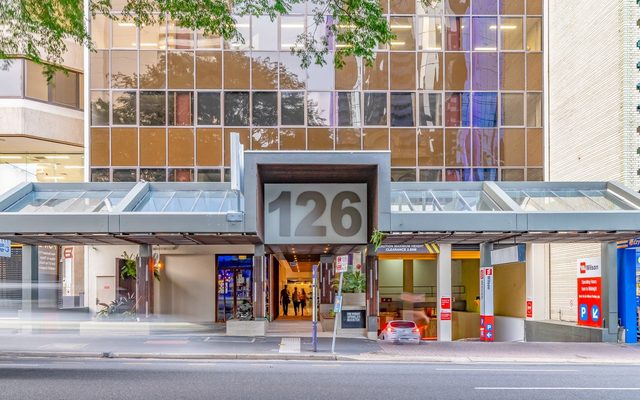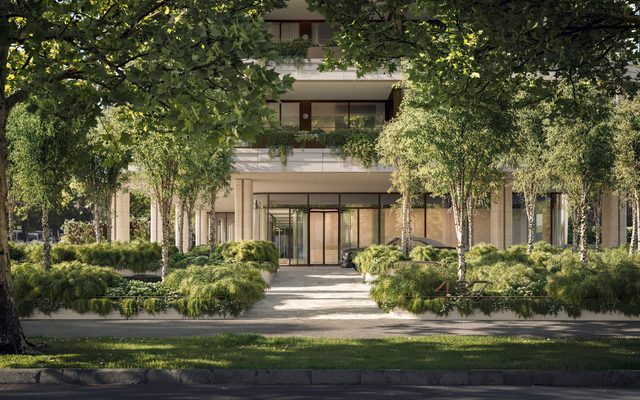This article is from the Australian Property Journal archive
LAST week’s election of Donald Trump for a second term as US president has seen expectations of interest rate cuts in Australia and abroad tempered, but that won’t stop the commercial real estate sector reaching a turning point for capitalisation rates.
However, the recompression will be modest compared to the increases seen in recent years.
Head of research at real estate financier MaxCap Group, Bruce Wan, told Australian Property Journal that “what was really holding things back were higher funding costs, driving up for all of office, industrial and retail, so with the turning point in interest rates, we do expect a similar turning point in commercial real estate cap rates coming through over the course of 2025”.
“Let’s be clear in setting expectations – from what was a prime office market softening of 180 basis points, we only expect some sort of partial recompression out of that, of the order of 30 to 40 basis points by the end of 2026.
“So it is a very modest sort of a recompression, but it is marking a turning point in the cycle and it is getting a few more investors excited in terms of re-examining the market for value.”
Investor confidence has already buoyed by a stable interest rate environment and prospect of cuts on the horizon, with more deals tipped to be cut this year than in 2023, according to MSCI.
Colliers data has Sydney cap rates at between 5.375% and 6.75%, and Melbourne between 5.50% and 7.00%. Both increased throughout the September quarter.
More global economies are at an inflection point, with many showing healthier signs of growth as inflation heads “convincingly” towards targets, according to MaxCap. Australia’s headline inflation rate has fallen to its lowest level in three years, while the US and New Zealand have begun their rate cut cycles, although the Reserve Bank remains hesitant to follow suit just yet.
“We’ve had the US election, and quite a clear market reaction to not just in the share market, but also in the interest rate market as well. What was an expectation of a lot of rate cuts into 2025 and 2026 – a lot of that has been scaled back,” Wan told Australian Property Journal.
“So in the US now they’re only expecting two rate cuts next year. It was a lot more ahead of the election.”
“Before the election we had a slightly higher inflation, slightly lower interest rate outlook. But that has shifted a little bit. Some of that scaling back of rate cuts in the US translated here as well. So what was two rate cuts being expected in 2025 has been scaled back to just one rate cut.
“There has been some change, but none of that is changing our view in terms of an expected turning point in commercial real estate markets.”
There is a similar end point for interest rates between the US, New Zealand and Australia, Wan said.
Wan there is a little bit more momentum in terms of that scope for recompression over the next 18 months to two years for the industrial and logistics sector, of about 40 basis points, with retail and office “a little bit behind”.
“Industrial is still the darling of the commercial sector. Rapid delivery is still holding up very strong demand for logistics and distribution warehouses.
“Vacancy rates have peaked up a little bit, but they’re still very low by any historical standards. So that’s still spurring on a lot more sort of investors looking into the space. Credit availability in the sector is still quite good.”
The retail sector has long softening cycle over the last five to six years, driven by online shopping and people withdrawing their custom from physical to online retail portals.
“We are starting to see more investor appetite for retail, but again, for very specific types of retail. Large format retailing has done relatively better than some others, such as sub-regional shopping centres.
“On the office side, for a couple of years, people have been sort of steering well clear of that because of concerns about that permanent loss in demand, and the step down in net absorption that was have seen as a result of working from home.
“That adjustment is largely done.”
About 8% of occupancy in prime CBD office market was lost in the wake of COVID, mostly in Sydney and Melbourne, where working from home is more commonplace.
“That’s not the story we see in markets like Brisbane, Adelaide and Perth, where office occupancy is actually tracking above pre-COVID trends. So, you know, we are probably tracking 6% above where we were, if we just continued on the pre-COVID trends,” Wan said.
The Sydney and Melbourne markets in particular have seen office towers trade at hefty discounts due to businesses cutting back on floor space requirements. Mirvac’s such as 367 Collins Street tower in Melbourne sold at a 26% discount from its June 2022 valuation, while Dexus’ and CPP Investments’ sale of 5 Martin Place in Sydney also reflected a fall in value.
However, MSCI’s price expectations gap analysis showed the buyer-seller pricing gap for Sydney offices has reduced to -6.7%, down from -21.6% at the end of 2023, in a sign that valuation adjustments are aligning with market expectations.




